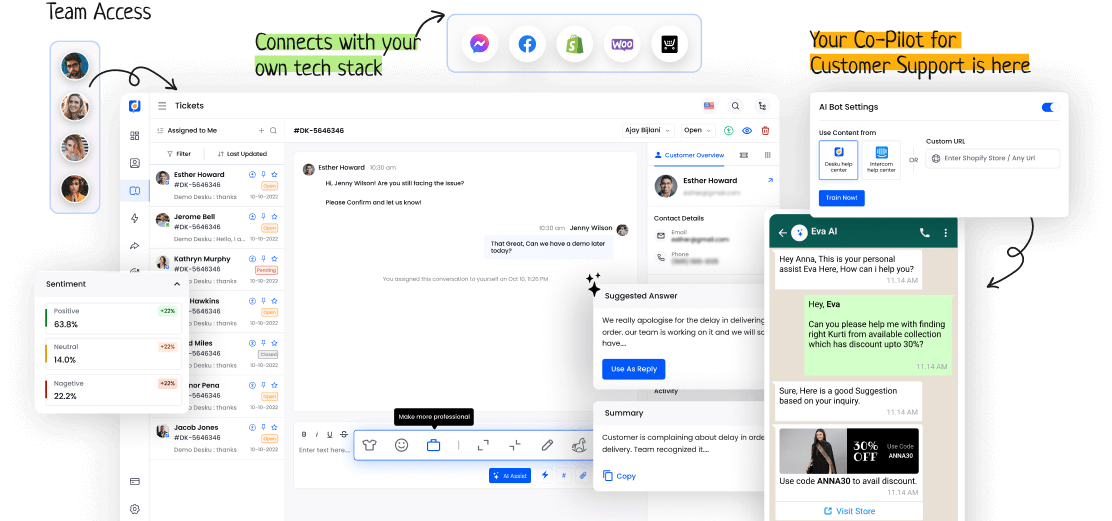A helpdesk is a key cog in customer help operations all over the globe. It gives specialized help to tackle technical problems fast and efficiently.
But this description only scratches the surface of what a helpdesk does. How does a helpdesk help a business succeed, beyond just solving problems?
What methods do helpdesks use to ensure smooth customer talks? Let's look closely at a helpdesk's inner workings.
Let's discover its vital role in today's business world.
I. Definition and Function of a Helpdesk
A helpdesk is also known as a customer support center. It's a main contact point for users who need help with tech issues or want to know more about products or services.
Businesses can pick from many platforms to make their customer service work smoother. Using top helpdesk methods ensures quick problem-solving and makes customers happier.
II. Importance of a Helpdesk in Business
A helpdesk is vital for any successful business. It boosts work efficiency and makes customers happy. It does this by making communication smooth and solving problems fast. This cuts costs.
Trust and loyalty grow when a helpdesk puts customer satisfaction first. This makes the business's reputation better.
In today's tough business world, a focus on top-notch service makes a difference.
III. Difference Between Helpdesk and Customer Service
In the world of business aid, telling a helpdesk from customer service is key for good operations and happy customers. A helpdesk mainly gives technical support and fixes problems with products or services.
However, customer service covers more ground. It handles general questions, feedback, and the whole customer experience.









